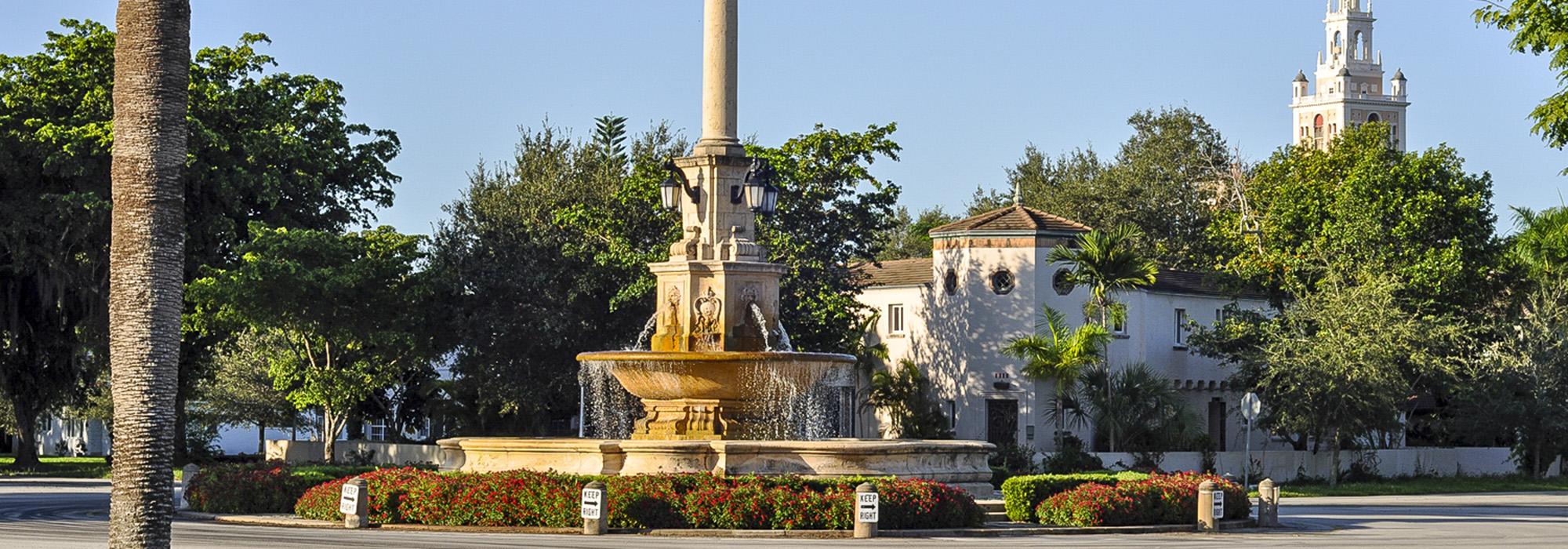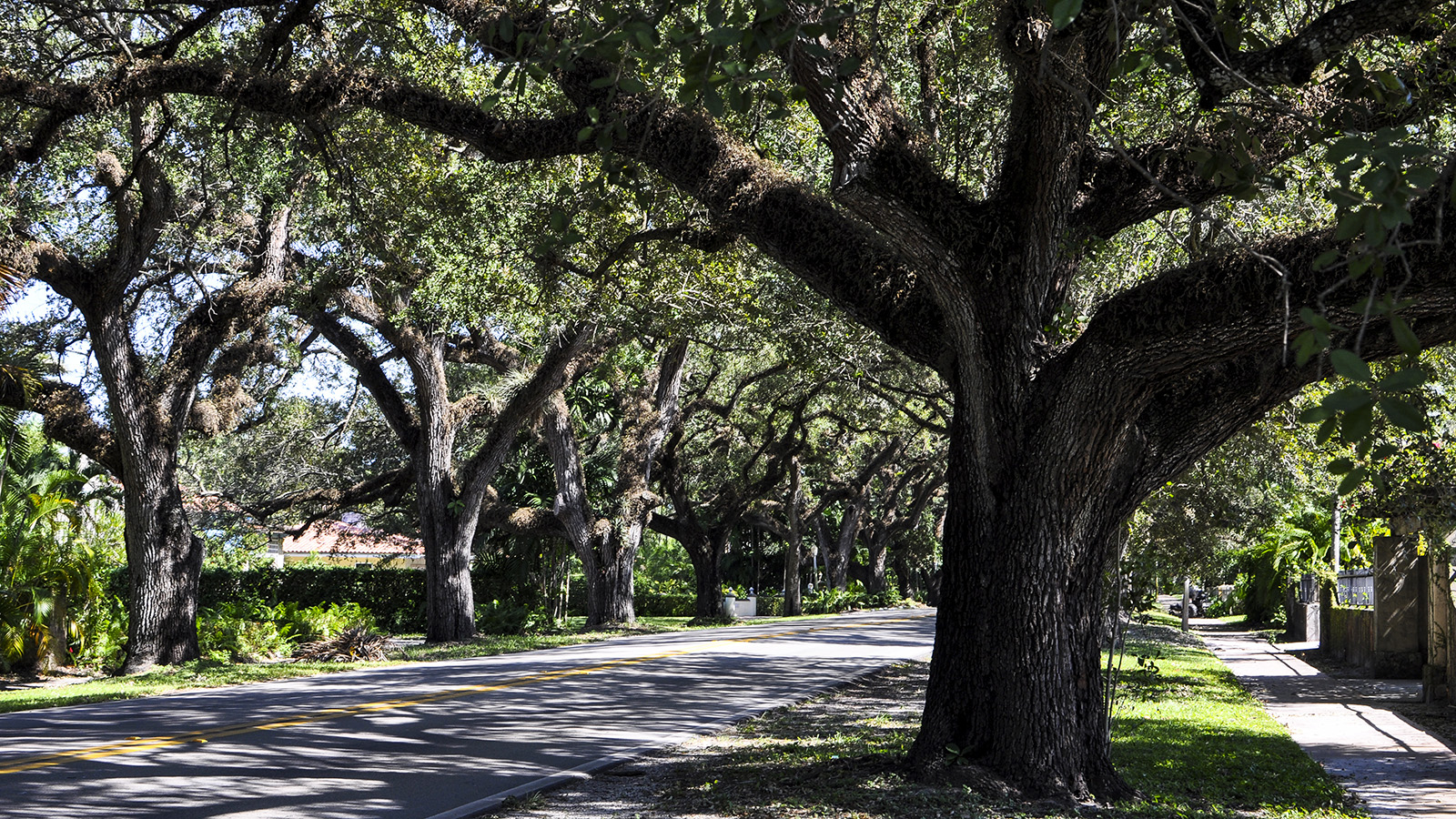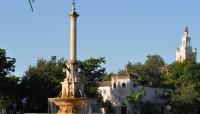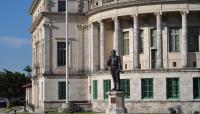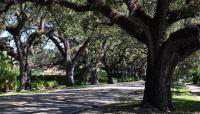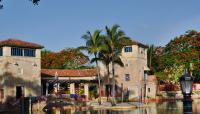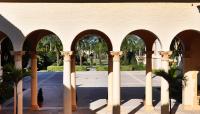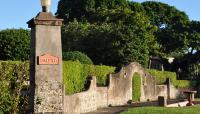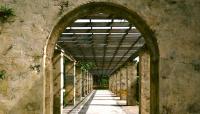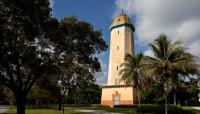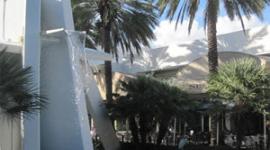Landscape Information
Incorporated in 1925 by developer George Merrick, this Miami suburb attracted wealthy investors during the South Florida real estate boom. Advised by landscape architect Frank Button, artist Denman Fink, and architects H. George Fink, and Phineas Paist, Merrick converted 3000 acres of citrus plantation and native hammock into ornate plazas, grand entrances, small parks, monumental buildings, and tree-shaded streets. The planned community employed restrictive zoning to control development in residential, business, industrial, and recreational areas. Occasional diagonal streets interrupt the rectilinear grid, often meeting open plazas and parks. Picturesque canals, cut deep into rock outcroppings, provide vertical relief in contrast to the naturally flat landscape. Oolitic limestone quarried from what would become the Venetian Pool was used to construct many of the subdivision’s buildings. Spanish themed fountains and plazas provide a sense of antiquity and permanence.
A disastrous hurricane in 1926 ended the real estate boom. Attempting to revive the market, Merrick introduced thematic architecture and plantings including traditional styles from China, France, Italy, Mexico, Holland, and South Africa, only some of which were completed. The emergence of the Miracle Mile on a stretch of Coral Way as the city’s premiere retail street in the 1950s led to a new wave of development and settlement. In 1990, the Coral Gables Garden Club began a project to complete the seven original Merrick entrances, three of which were not originally built. Several sites in Coral Gables including the Merrick House, Venetian Pool, and the Biltmore Hotel are listed in the National Register of Historic Places.



